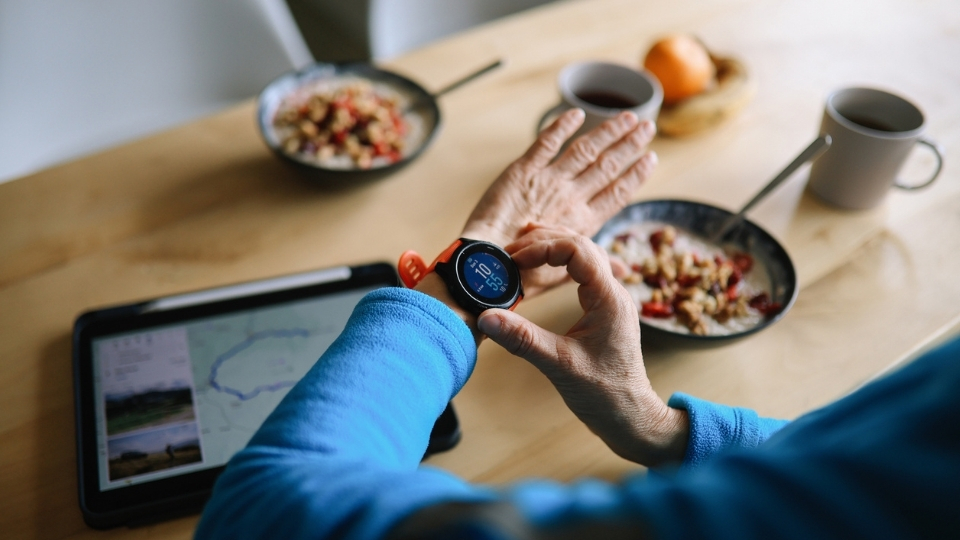Technology in healthcare: The tools every woman needs to support their wellbeing
Staff Writer | October 15, 2025


This article was made possible thanks to Medicompare, a platform where you can discover and compare top telehealth providers in Australia.
Despite making up nearly half of the global population, women’s health issues are often overlooked by stakeholders in the healthcare sector. Aside from cancer, health conditions that are exclusive to women receive a meagre one per cent of the total funds set aside for healthcare research.
Thankfully, new technology-driven innovations are changing the landscape for women. Read on as we take a closer look.
Fitness and wearable apps
Wearable devices such fitness trackers have helped to improve women’s health and wellbeing.
Smartwatches and health apps monitor their daily activity and give valuable feedback that helps them better understand their bodies.
Apps such as Apple Health, Fitbit and Samsung Health also monitor vital signs and other important data, including heart rate, sleep patterns, stress levels and blood oxygen levels.
Some of this information can help women get a better understanding of their hormonal changes, menstrual cycles and stress responses.
Period-tracking and fertility apps such as Flo show how personalised data can help women take better control of their reproductive health.
These platforms use algorithms to predict ovulation, menstrual cycles and potential hormonal fluctuations, so they know the best way to prepare for each phase.
The most effective form of healthcare is preventive, getting ahead of the issue before it escalates into a bigger problem. Fitness trackers, fertility apps, smartwatches and other wearable devices fall under preventative care.
If there is a problem that requires urgent attention, these devices can send signals or messages to medical professionals.
A prescription may often be sufficient, but some issues need to be checked out in a face-to-face assessment to make sure everything is as it should be.
Telehealth services
Australia has one of the most advanced telehealth sectors in the world. It is heavily backed by the government and also houses some of the most innovative private providers in the industry.
The Australian telehealth sector is highly developed, inclusive and driven by technology. It was built around a national framework that gives patients access to quality healthcare wherever they are located.
The Medicare system has made things easier for Australians by providing a bulk-billed way to consult medical professionals via virtual consultations.
Virtual care has also made it possible for women to seek help, with telehealth companies in Australia such as Qocto, Updoc and Hola Health offering services that cater to their specific needs. They are always just one video call away from getting medication, a prescription or advice.
Thanks to virtual care, many women who struggle with mental health issues can get help without worrying about the stigma that is often associated with face-to-face appointments.
The best part of telehealth for women is the flexibility to squeeze in a virtual consultation into their busy daily schedules. It is an invaluable tool for women across Australia.
A future powered by data and AI
Artificial intelligence (AI) and data-driven insights will be the future of women’s health, especially with tech innovations now more about preventive care rather than tracking ailments.
AI can take over certain time-consuming tasks, allowing medical professionals to focus on more important elements of healthcare. But there is a lot more to AI than sorting out a boatload of paperwork.
AI and big data are helping to bridge the gender gap in health research and medical studies. Start-ups and research institutions use predictive algorithms to scan and detect early signs of serious ailments such as breast and ovarian cancer, as well as other cardiovascular conditions.
That is a huge development, considering these diseases unfold differently in women than in men.
AI is also being used to improve women’s mental health. Statistically, women are more likely to suffer from anxiety and depression than men.
But AI may be able to get ahead of the condition if it’s used in the right way. AI diagnostic tools can be used to check for triggers. Once spotted, it can prompt users to seek help before things get worse.
Operators of data-sharing platforms are also jumping the bandwagon to help improve the health and wellbeing of women.
Thanks to new-age tech, researchers can build more inclusive data records that shed more light on the health issues women face and how to navigate those experiences.
Sponsored

This article was made possible thanks to Medicompare, a platform where you can discover and compare top telehealth providers in Australia.
We have a request
SHE DEFINED’s journalism is independent and we’re committed to elevating the voices of women by putting them front-and-centre in our stories and giving them a platform to speak up.
Quality journalism and editorial content takes time, money and resources to create, which is why your support matters. We don’t have a paywall or exclusive subscriptions because we believe in keeping our stories open to everyone.
Help support our mission by making a financial contribution today.






